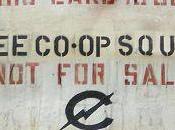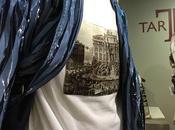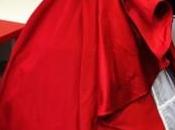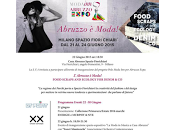
I maxi dress sono nati alla fine degli anni 60 ed hanno avuto la loro maggiore affermazione nei primi anni 70. La popolarità del film romantico "Dottor Zivago" è stato sicuramente uno dei fattori che ha scatenato la mania degli abiti lunghi, ma la rinascita dei maxi dress è stata influenzata anche dal movimento neo-femminista e dallo stile hippie che ha introdotto le influenze folcloristiche e le stampe colorate.
Oscar de la Renta è stato accreditato come uno dei primi stilisti che hanno contribuito a creare e dar impulso a questo modello, con quello disegnato nel 1968 per il Salone di Elizabeth Arden. Altri designer che successivamente si sono focalizzati sul concetto maxi dress furono Dior, Cardin, Biba e Halston.
Il maxi dress degli anni 70 era spesso in pizzo ed arrivava appena un pò più su della caviglia. I tessuti vennero poi influenzati dalle fantasie hippie, con l'introduzione della stampa paisley ed astratta ed i temi dei pionieri americani.
Ma i modelli di questi abiti sono stati influenzati anche dalla popolarità che negli anni '70 godeva l'immaginario delle dee e delle donne mitologiche classiche. Il movimento femminista degli anni 60 e '70 sottolineava infatti l'impertanza della riscoperta della "sacralità della femminilità" per contrastare la diffusione di atteggiamenti maschilisti e norme di comportamento che tendevano a sottomettere le donne. Perciò a questi vestiti venivano spesso aggiunti motivi ornamentali classici e mistici. Questi temi si ritrovano facilmente nelle fantasie paisley di Oscar de la Renta.
Infine anche lo stile "folcloristico/rurale" è stato utilizzato su molti abiti lunghi - pensate agli abiti zingareschi e ai costumi tradizionali - basti pensare alla tradizionale rifinitura ricamata in stile svizzero dei bordi o alle cinture tricot che stringevano le vite di alcuni di questi abiti
Maxi dresses were born in the late 1960s and blossomed in the early 1970s. The popularity of the romantic movie "Dr. Zhivago" was influential in triggering a craze for long dresses. The resurgence of long dresses was also influenced by the neo-feminist movement and hippie styles that favored folkloric influences and lots of "psychedelic" pattern and color.Oscar de La Renta is credited as one of the first to create what is known as the maxi dress. He designed one in 1968 for the Elizabeth Arden Salon. Other designers that later focused on the maxi dress concept were Dior, Cardin, Biba and Halston.
The maxi dress of the 1970s was often lacy and just a bit shorter than ankle length. The fabrics were influenced by hippie fabric patterns, which often used paisley or abstract designs.The maxi dress also drew from European peasant and American pioneer themes.
Maxi dresses were also influenced by the '70s popularity of goddesses and mythical women. The feminist movement of the 1960s and '70s emphasized rediscovering the "sacred feminine" to counteract the prevalence of masculine attitudes and behavior norms. Such dresses often had ornate and mystical patterns. These themes can be seen in Oscar De La Renta's paisley designs.
Folkloric peasant styling was used on many maxi dresses -- think gypsies and Heidi -- with traditional Swiss-style embroidered braid finishing off the edges of garments. Eyelet-laced belts cinched the waists of some of these dresses.





MANGO
...next:pool party








